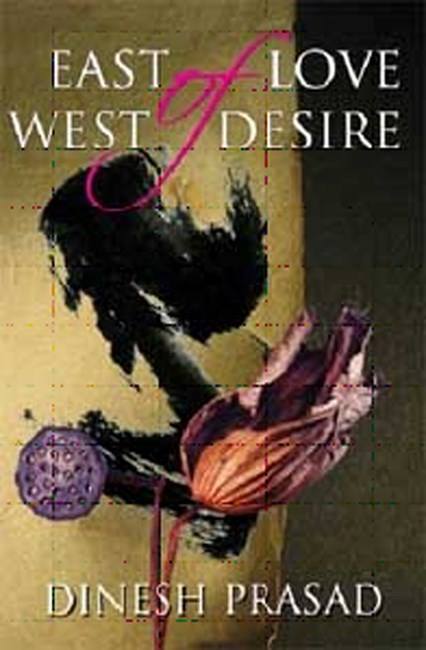The book also initiates a larger question – what kind of partition themed novel works in today’s context? Many lament that the memory of partition has all but faded with the passing of the partition generation.
The partition of India spurred the largest global human migration to date, and with it came unimaginable brutality perpetrated in the name of religion. The horrors of partition have been extensively documented in South Asian fiction – books and cinema – and an attempt at saying something about partition that hasn’t already been said is a lofty undertaking. Author Dinesh Prasad undertakes precisely this challenge in his debut novel East of Love, West of Desire (ELWD).
ELWD is a collection of eight short stories, all set in a period during or around partition. KASTURI, the first story, opens strong with a chilling image of husbands executing their wives to save them the dishonour of surviving partition. In DARVISH, a Sikh man is captured and tortured at length by a Muslim who is consumed by a retributive flame that doesn’t seem to quieten. From these first stories, one gets a sense that ELWD will be a no holds barred telling of the experience of partition. Specifically, Prasad strides most confidently in those parts that deal with the bestial nature of men and politics. At the same time, love is given prominence in all stories where the author seems to be telling us – beautiful things accompany the terrible.
KASTURI tells the story of the bond between a Sikh father and his adopted Muslim baby girl. BEERAN paints a virulent portrait of a Hindu girl in love with a Sindhi dacoit who risks his life to reunite her with her family. CHAITANYA deals with the moving courtship between a Hindu boy raised in a missionary orphanage and a British Indian girl who is eventually burnt and disfigured during the partition riots. In his stories, Prasad gives love a central position but, at the same time, dwells on characters from the partition era that have not been previously represented in fiction. Unfortunately, the result of this ambitious endeavour is that neither comes across forcefully enough.
The romance in the stories takes the ‘love at first sight’ approach, where one look ignites a passion so immense that lovers remain fused in each other’s consciousness despite separation, trauma and the lengthy passage of time. This narrative is engaging the first time around but starts to ring hollow when repeated in all the stories. On the impact of partition on multiple stakeholders, Prasad conjures up fascinating characters – from Jeeta, a soap maker to Noor, the dacoit – but the detail that can take these characters beyond the novelty of their circumstances is missing. The protagonists are primarily used to further the plot with little development of their individual impulses. This plot-centric writing leaves one feeling as though one has watched trailers for eight promising films but picture abhi baaki hai. The weakness of prose in places coupled with grammatical errors further lends the book a ‘work in progress’ feel.
The book also initiates a larger question – what kind of partition themed novel works in today’s context? Many lament that the memory of partition has all but faded with the passing of the partition generation. This might even be true in that most South Asian readers today have known no other identity but the post-partition one. As a result, the one-people-one-history sentiment (as expressed in novels and movies from the 80s) has arguably been replaced with a more ‘we are same-same-but-different’ feeling. Fiction, therefore, must tap into this more contemporary pulse as it deserves exploration. This is not to say the story of partition has become irrelevant in the sub-continent. When Google shows old friends being reunited or Coke puts up vending machines allowing Indians and Pakistanis to interact, the ghost of partition rises again. But it does so in a way that seems more pertinent and possibly even moves you to tears.
ELWD on the other hand uses the familiar partition motifs of rape, pillage, and separation to push the reader into feeling bad but does not succeed in building a connection between the character and the reader. As a result, the stories lack emotional heft and the book fails to make a mark on the Everest of partition literature that already exists.
East of Love West of Desire
Hardcover: 440 pages
Publisher: Tara Press; 1st edition (July 25, 2014)



















